In the sea of childhood icons given live-action twists, director Greta Gerwig breathes life into Barbie, the movie—adorned with a sprinkle of satire and a splash of socio-cultural commentary. Starring the effervescent Margot Robbie as the titular plastic icon and with Ryan Gosling stepping into the polished shoes of Ken, the film promises to be a rollercoaster of nostalgic aesthetics mixed with modern narratives. As Gerwig, known for her indie masterpieces, steps into the commercial playground, all eyes are on her capability to transform the superficial into the sublime—all within the glossy confines of Barbieland.
While the trailers teased a subversive tribute to the doll that defined a generation, the anticipation has been as hefty as Barbie's signature Dreamhouse. Co-written with Noah Baumbach, the movie was proclaimed to deliver a whirlwind of wit, whimsy, and a pinch of existentialism—packaged in the dreamy, larger-than-life form of Barbie. Stepping into this alternate reality, viewers prepare to have the norms of femininity, identity, and perfection poked and prodded, but the question remains: does this kaleidoscope of color deliver depth, diversity, and delight in equal measure?
The Dazzling Shine and Missed Marks of Barbie's Big Screen Debut
Gerwig's Barbie is an ambitious escapade into a world replete with gags, glitz, and glamour. The creative prospects of a film about Barbie—a figure simultaneously celebrated and criticized for her impact on beauty standards—are boundless. The meticulous production design crafts a Barbieland replete with eye-popping hues and whimsical settings, promising an auditory and visual feast. Margot Robbie's transcendent charm and Gosling's endearing interpretation of Ken serve as the film's beating heart, drawing us into their plasticine perfection with undeniable allure. They are surrounded by a diverse cast that includes Hari Nef, Dua Lipa, and Issa Rae, portraying Barbies of every aspiration.
Yet, where the narrative seeks to transcend the superficial, it occasionally stumbles into a pink-tinted quagmire. The self-referential humor, aiming for cleverness, occasionally wades into terrain that feels self-indulgent, undermining the potential poignancy of its message. While satirical undertones attempt to untangle the complex web of Barbie's societal implications, the persistent wink-and-nudge approach can border on wearisome rather than witty. The comedic utilization of the Barbie universe is ingenious at its inception but risks redundancy as the movie progresses. The plastic sheen, as vibrant as it is, begins to overshadow the very real emotions and relationships it hopes to critique.
Reflecting on the Pink-Hued Spectacle Through the Audience's Eyes
Viewer impressions of the Barbie movie are as variegated as the colors in Barbie's extravagant wardrobe. For some, it stands as a clever, vibrant homage to a beloved character, layered with enough satire to keep the narrative sharp and self-aware. Others, however, feel the movie's incessant quest for self-congratulating wit supersedes its storytelling, leaving the audience more bemused than amused. Certain moments genuflect to the expectations, surrendering to the cinematic universe with hilarious glibness and authentic charm, resonating with audiences ready to embrace Barbie in all her multifaceted glory.
In the end, Gerwig's Barbie is a confection that might not cater to every palate—a madeleine dipped in a cup of post-modernist tea. It positions itself to be savored and scrutinized yet runs the risk of alienating those yearning for more depth beneath the layers of lacquer. Nonetheless, it's undeniable that the film has ignited conversations and challenged perceptions, striking a peculiar chord in the realm of pop culture interpretations. Surely, for better or worse, the conversation surrounding Gerwig's latest venture suggests that Barbie—much like in her countless reincarnations—will continue to fascinate and perplex us, transcending the limits of her plastic mold.











